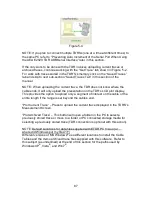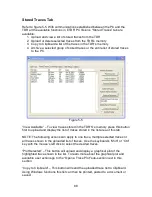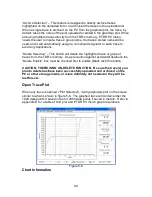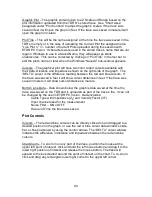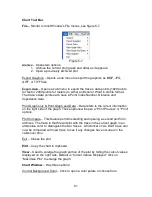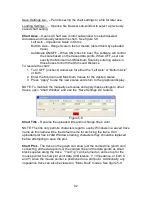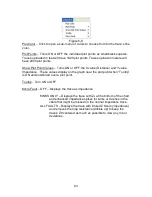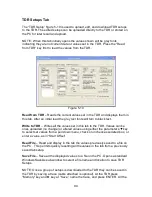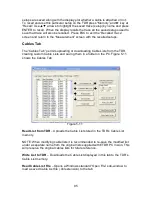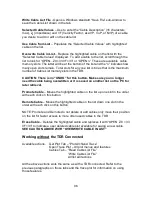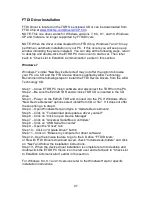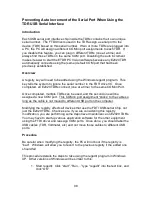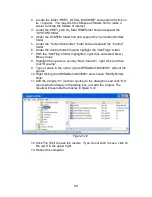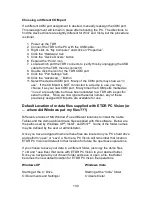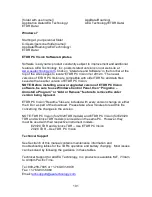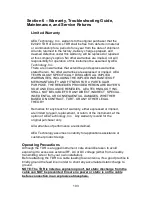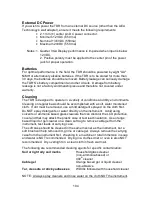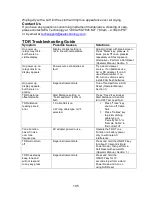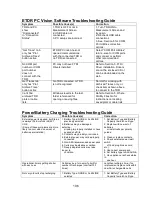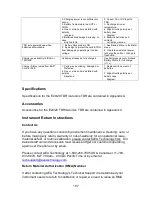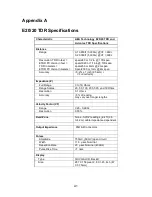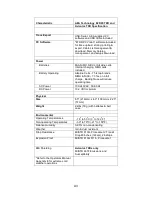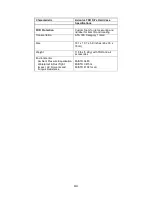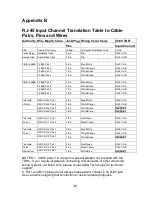
98
Preventing Auto Increment of the Serial Port When Using the
TDR USB Serial Interface
Introduction
Each USB serial port interface chip inside the TDRs contains their own unique
serial number. The FTDI drivers used in the TDR assign a serial port to the
device (TDR) based on this serial number. If two or more TDRs are plugged into
a PC, the PC will assign a different COMnn port assignments to each TDR. If
you disable this feature, you can plug in different TDRs (one at a time) and
always find those TDRs on the same COM port. Disabling the auto increment
makes it easier to start the ETDR PC Vision software because any E2020 TDR
automatically connects using the (same) default COM port that had been
previously established.
Overview
A registry key will need to be added using the Windows regedit program. This
key tells the system to ignore the serial number in the FDTI driver IC. Once
completed, all E2020 TDRs connect (one at a time) to the same COMnn Port.
Once completed, multiple TDRs can be used, and the second one will be
assigned a new COM port. This COMnn port assignment “sticks” to the cable so
long as the cable is not moved to different USB port on the computer.
Modifying the registry affects all devices that use the FDTI USB-serial Chip, not
just the E2020 TDRs. Chances are, if you are considering this registry
modification, you are performing some depot level maintenance on E2020 TDRs.
You may have to start up various application software for the other equipment
using the FTDI driver and reassign COM ports. Once done, you should label the
USB cables (TDR, Voltmeter, etc) and not move those cables to different USB
ports.
Procedure
Be careful when modifying the registry, the PC will not boot if the registry is
“bad”. Windows will allow you to revert to the previous registry if the edited one
should fail.
This procedure details the steps to take using the regedit program in Windows
XP. Other versions of Windows will be similar to this:
1. Start regedit: Click “start”, “Run…” type “regedit” into the text box, and
click “OK”




